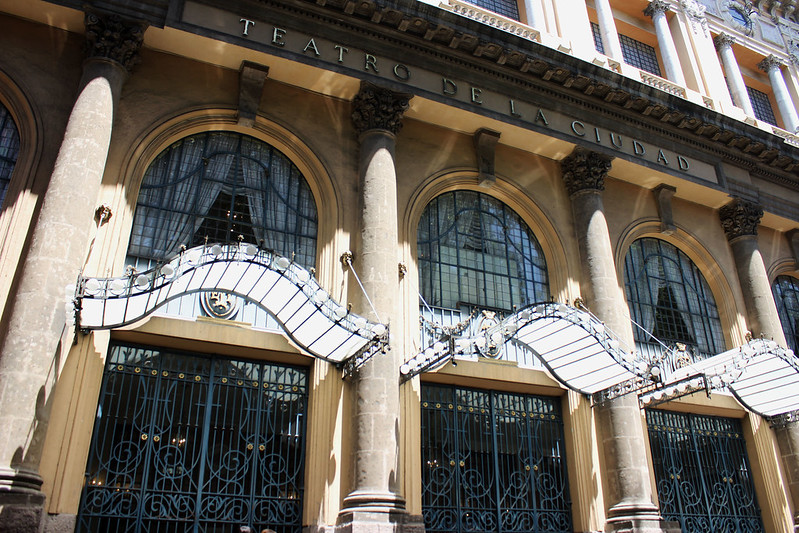

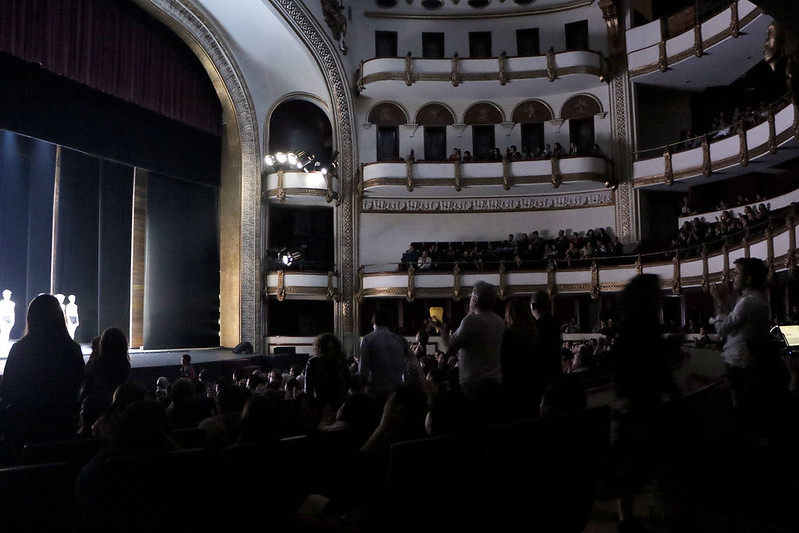
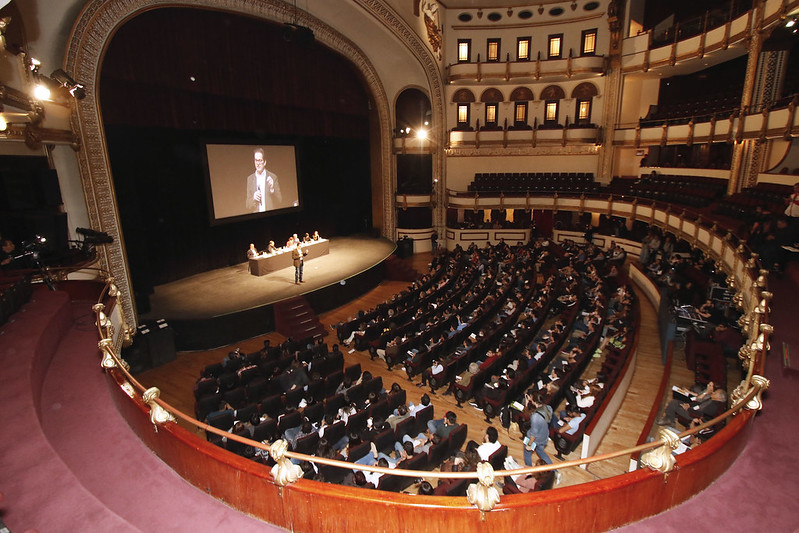
All Photos: Secretaría de Cultura de la Ciudad de México. Attribution 2.0 Generic (CC BY 2.0)
It’s also a historical building. The main facade is in a Neoclassical style. But strong elements of Art Nouveau can be seen in the window moldings and in the glass entrance marquee.
The current building was built at the beginning of the 20th century by a then-famous Mexican actress and singer (known also as “Queen of the Operetta”). Esperanza Iris opened the theater in 1918. She built it to replace the Xicoténcatl Theater which had been on the same spot since the 19th century. Architects Federico Mariscal and Ignacio Capetillo y Servín designed and built the new theater.
The venue grew to be the most important theater in the City and in the country. It regularly hosted important national and international performers. Unfortunately, a serious fire nearly wiped it out in 1984. Recognizing the importance of the site, the City government restored it and it reopened in 1999.
Rechristened the Teatro de la Ciudad “Esperanza Iris,” the audience capacity is 1,344 seats. Programs include musical productions, dance, theater, opera, operetta, zarzuela, interdisciplinary shows, cinema, festivals, and all kinds of large-format productions.
 +525517193000
+525517193000
 http://teatros.cultura.cdmx.gob.mx/
http://teatros.cultura.cdmx.gob.mx/
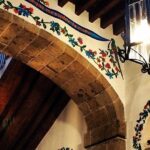
Nearest at 0.04 kms.
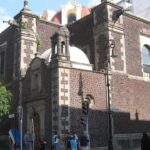
Nearest at 0.05 kms.
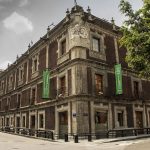
Nearest at 0.07 kms.

A modern graphic collection in an outstanding Baroque palace from the 18th century.

Mexico's National College is dedicated to the free sharing of knowledge and learning.
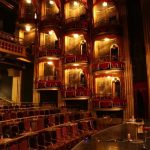
One of Mexico City's oldest continually running theaters, the Fru Fru has a reputation, and a legendary status.
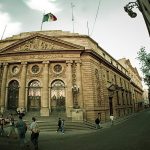
A Donceles palace is home to Mexico City's Legislative Assembly, a storied Neoclassical complex.
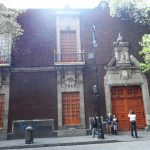
Among the most noteworthy of architectural sites on the Calle Donceles, much better known for its used booksellers.